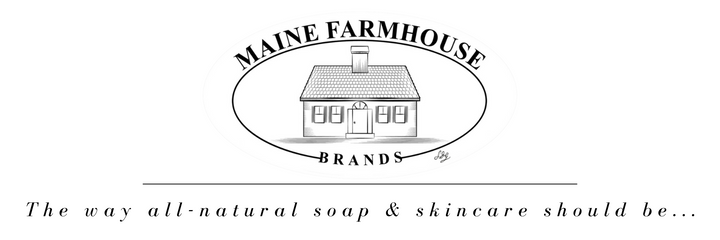Feb 25, 2024

The first step in poison ivy treatment is to promptly wash the affected area with soap and water to remove any of the allergenic oil (urushiol). Avoid using water that is excessively hot or cold. The AAD recommends using a natural soap or mild detergent to cleanse the skin gently. Natural soaps are often free of harsh chemicals and fragrances that may exacerbate skin irritation, making them a preferable choice for individuals with sensitive skin. After washing the area, applying cool compresses or taking cool baths can help alleviate itching and inflammation. Calamine lotion or hydrocortisone cream can also be applied to the rash to soothe itching and reduce inflammation. Over-the-counter antihistamines such as diphenhydramine (Benadryl) can provide additional relief from itching and help promote better sleep by reducing discomfort.
In more severe cases where the rash covers a large area of the body or causes significant discomfort, a healthcare provider may prescribe oral corticosteroids to reduce inflammation and speed up healing. It's essential to follow the healthcare provider's instructions carefully when taking oral medications and to complete the full course of treatment as prescribed. Throughout the healing process, it's crucial to avoid scratching the rash, as this can lead to bacterial infections and prolong recovery time. Keeping the affected area clean and moisturized can also aid in preventing secondary infections and promoting skin regeneration.

In addition to conventional treatments, some natural remedies may provide relief from poison ivy rash symptoms. Oatmeal baths, apple cider vinegar soaks, and herbal compresses containing ingredients like witch hazel or aloe vera may help reduce itching and inflammation. However, it's essential to consult with a healthcare professional before trying any alternative remedies to ensure they are safe and effective for individual use. Incorporating both conventional and alternative remedies may help manage symptoms effectively.
Dr. Dan Mickool
---
References:
1. American Academy of Dermatology (AAD). (n.d.). Poison Ivy: How to treat the rash. Retrieved from https://www.aad.org/public/
2. Mayo Clinic. (2022). Poison ivy rash: Diagnosis & treatment. Retrieved from https://www.mayoclinic.org/
3. WebMD. (2022). Poison ivy, oak, and sumac: Treatment overview. Retrieved from https://www.webmd.com/
4. Centers for Disease Control and Prevention (CDC). (2022). Poison ivy, oak, and sumac. Retrieved from https://www.cdc.gov/niosh/
5. National Institutes of Health (NIH). (2022). Poison Ivy. Retrieved from https://www.niehs.nih.gov/









